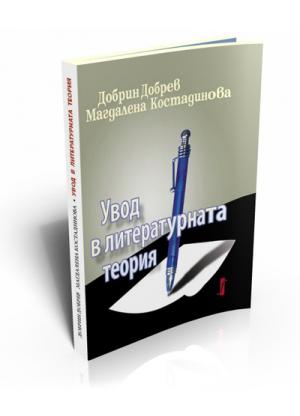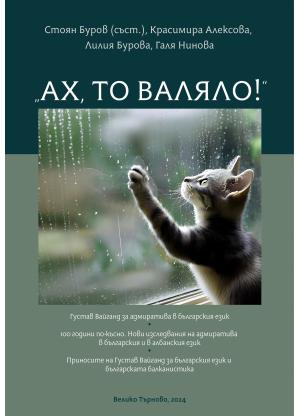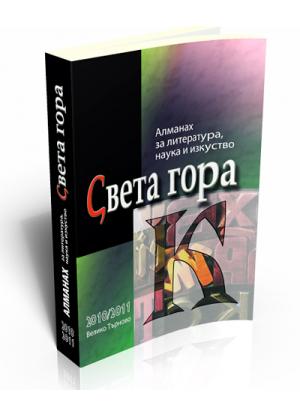
The coursebook focuses mainly on the analysis of humor in the joke, viewed by many humor researchers as a fundamental unit of verbally expressed humor.
The joke has a two-turn structure: the set-up and the punchline; the punchline introduces a novel interpretation that contrasts, yet is compatible with the interpretation of the set-up; various humor techniques are used in the punchline that contribute to its funniness. Most often the joke has an underlying thought or a macroproposition that conveys a general or a social truth. The social context needed to interpret most jokes is also discussed. In the coursebook, alternative answers are given to the question: “Why is a joke funny?” Each chapter, except Chapter one, ends with what is called Humor Practice. It includes various topics for discussion, analysis of word play, identification of humor techniques in the punchline, application of several theoretical models in the analysis of humor, and discussion of racial, social, gender and professional stereotypes on which most jokes are based. The coursebook aims at developing humor skills related to jokes: getting and taking a joke as recipient-oriented skills and telling and creating a joke that are joke teller-oriented.
| Genre | Theory of literature / Linguistics |
| Size | 17 x 24 cm |
| Pages | 348 pages |
| Cover | paperback |
| Language | English |

 Request for offer
Request for offer 












